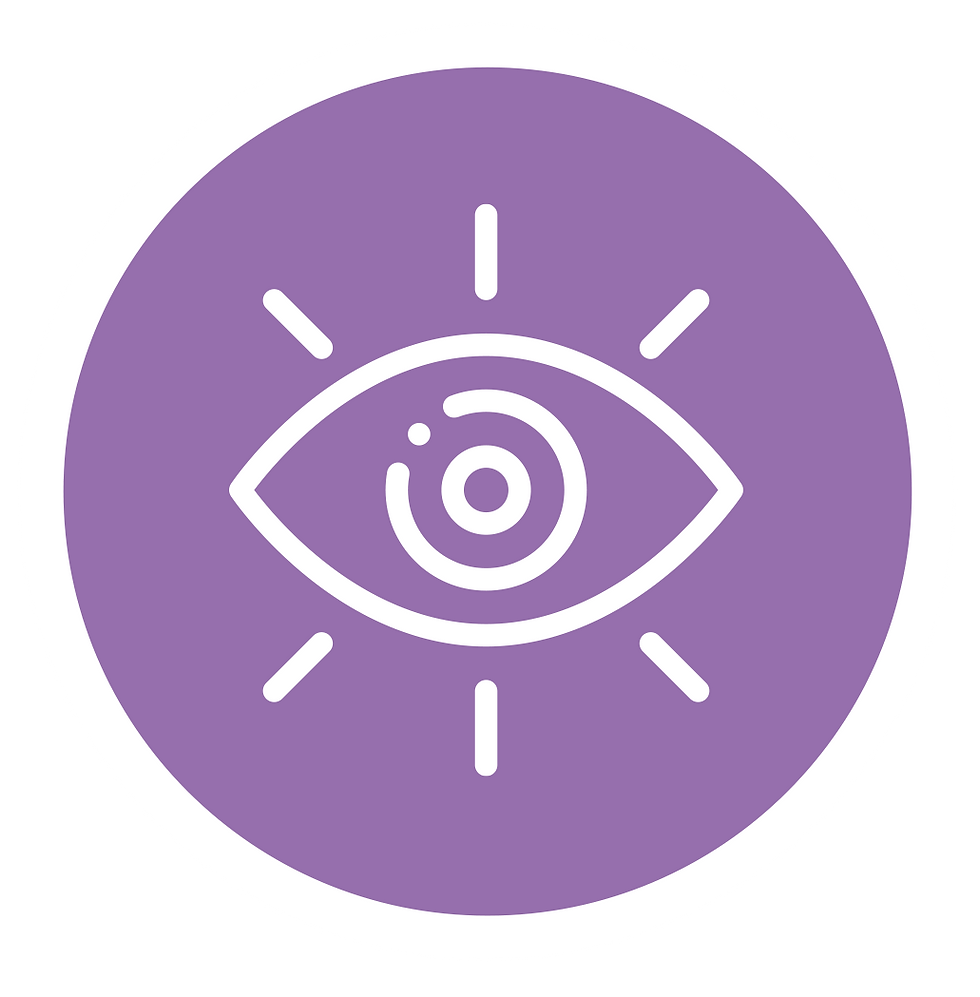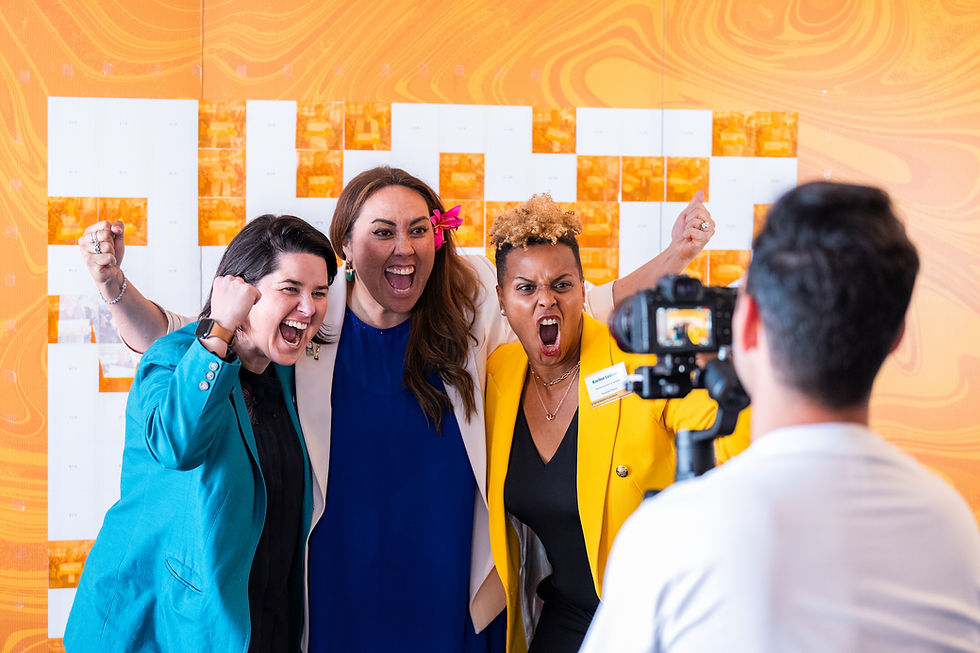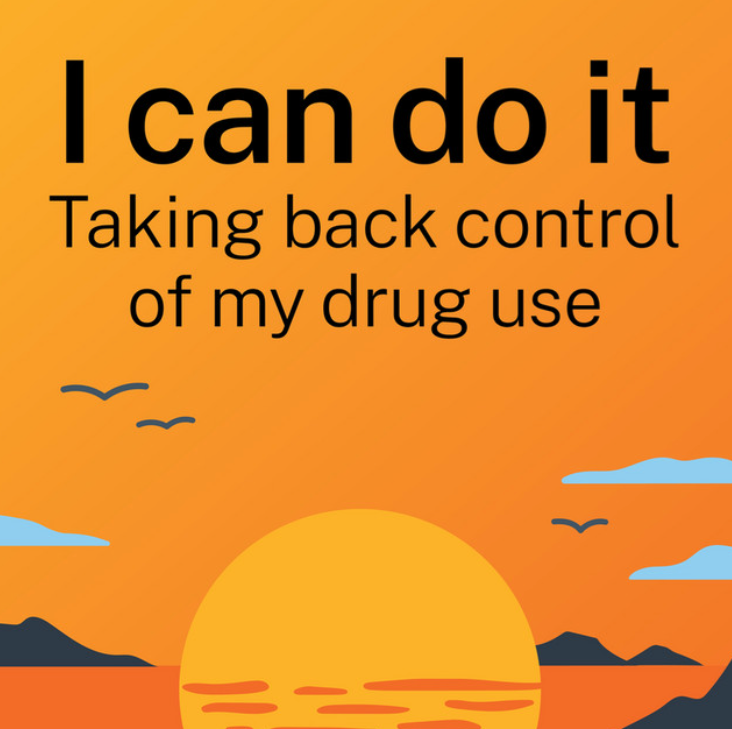How to Co-Design Creative Solutions: A Behavioural Science Approach
- Samara Kitchener

- Aug 27
- 4 min read
Some problems are simply too big for one person or organisation to solve alone. They require creativity, collaboration, and a human-centred approach. This is where co-design, grounded in behavioural science, becomes a powerful tool.
In this blog, we’ll break down:
What co-design is and why it matters
The step-by-step creative co-design process
How behavioural science (MINDSPACE framework) shapes better outcomes
Practical tips to make co-design work in real life
What is Co-Design and Why Does It Matter?
Q: What is co-design?
A: Co-design is the process of bringing together diverse stakeholders, such as policy makers, practitioners, experts, community members, and people with lived experience, to collaboratively create solutions.
Q: Why does it work? A: Because human behaviour is wired for safety and familiarity. Co-design helps people leave their comfort zones by creating safe, engaging, and inclusive spaces where they can imagine a different future and design practical steps to get there. Solutions are created with people, rather than decisions being made for them. This makes outcomes stronger, more inventive, and therefore more likely to succeed.
The Creative Co-Design Process (6 Steps)
Here’s a simple, repeatable six step process for running co-design workshops and projects.

Engage – Bring the right people to the table: clients, carers, community members, service providers, funders, and decision makers.
Explore – Uncover the real problem. Use empathy, listening, and storytelling to build shared understanding.
Generate – Encourage open idea generation. Every contribution matters. Use creative tools to spark innovation.
Prototype – Turn ideas into sketches, mock-ups, or small trials. Make the abstract tangible.
Refine – Strengthen promising ideas using feedback, evidence, and iteration.
Deliver – Put solutions into action, evaluate impact, and share stories of success.
How Behavioural Science Boosts Co-Design
Human decision-making is shaped by two systems:
System 1 – fast, automatic, habitual (where most behaviours live).
System 2 – slow, deliberate, reflective.
To create lasting change, co-design needs to influence System 1 thinking, i.e. the habits and emotional shortcuts we rely on every day. That’s why we use the MINDSPACE framework: nine behavioural levers that shape human behaviour.

Here’s how some of them apply in a co-design context:

Messenger: People respond best when the invitation comes from trusted peers, community leaders or relatable voices. Your co-design team will become key influencers in solution uptake.


Priming: Use stories, imagery and framing that encourage participants to approach the issue with empathy, curiosity and openness.


Affect: Bring ideas to life with emotionally engaging stories, visuals and scenarios to inspire imaginative thinking and show why change matters.


Salience: Make prototypes novel, concrete and visible. The more interesting and relatable they are, the more likely people are to engage and provide feedback.


Commitments: Encourage participants to make visible commitments to support the solution. Public pledges increase accountability and follow-through.


Incentives: Frame participation as something to be proud of. Incentives are powerful motivators because people are strongly influenced by the prospect of real or virtual rewards and recognition.

Applying behavioural science to co-design makes campaigns more likely to create real-world change.
8 Practical Tips for Creative Co-Design
Want to run a co-design process that works? Here are our top tips:
Start with a compelling story – Stories engage emotions and help people imagine a new reality. Use narrative to explain why change is needed and to unite participants around a shared vision.
Make the abstract tangible – It is hard for people to connect with an idea they cannot see or touch. Use sketches, vision boards, mock-ups, or immersive experiences to bring concepts to life.
Include diverse voices early – Creativity thrives on diversity. Involve people with lived experience alongside professionals and decision makers to ensure solutions are relevant and grounded.
Build trust through authenticity – People need to feel safe to share openly. Be transparent about the process, acknowledge different expertise, and show genuine respect for every contribution.
Prototype and play – Treat ideas as experiments. Encourage curiosity, humour and playfulness in workshops to spark novel thinking and lower the fear of failure.
Create quick wins – Test small-scale solutions early. Visible results build momentum, provide proof of concept and reduce the perceived risk of larger changes.
Celebrate collaboration – Share stories of progress and highlight contributions from participants. Recognition fuels motivation and normalises ongoing engagement.
Show the impact of participation – Always demonstrate how people’s input has shaped the outcome. Sharing back decisions, changes and next steps builds trust and shows that contributions matter. This encourages people to stay engaged in the longer journey.
Final Word
Co-design is a mindset for solving complex challenges together. By combining behavioural science with human-centred design, organisations and communities can co-create solutions that stick.
If you’re tackling a tough challenge and want to explore a co-design approach, get in touch with our team.





Comments